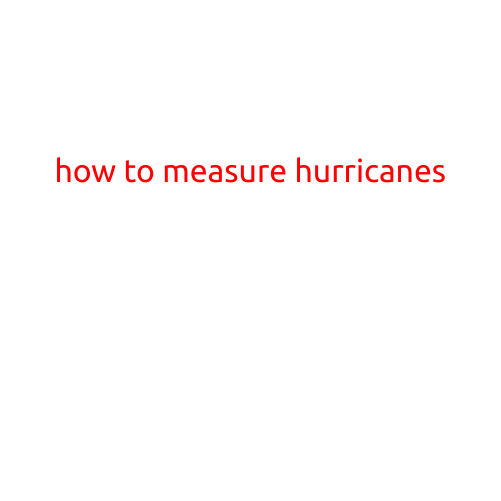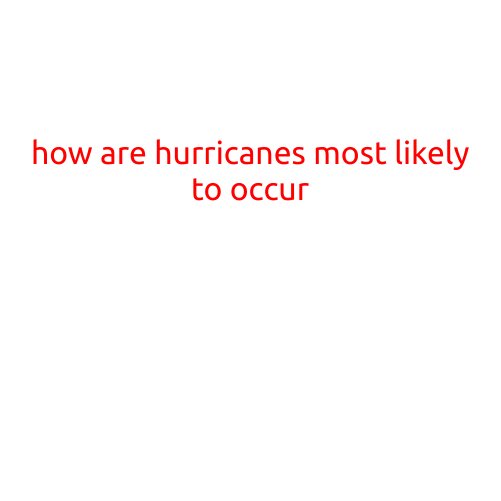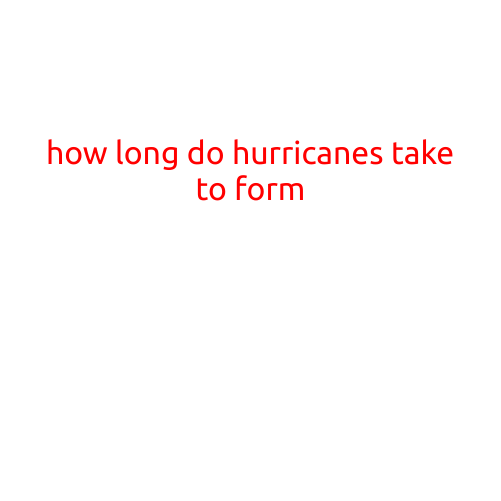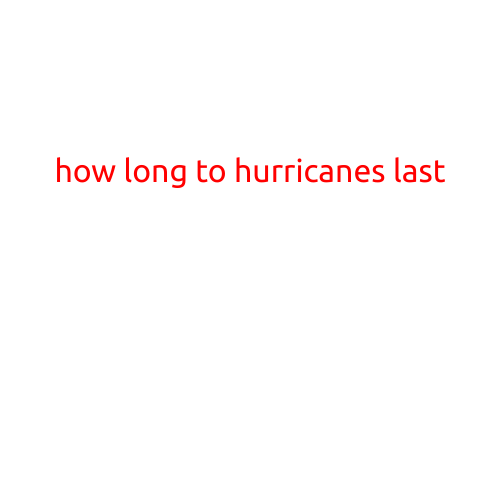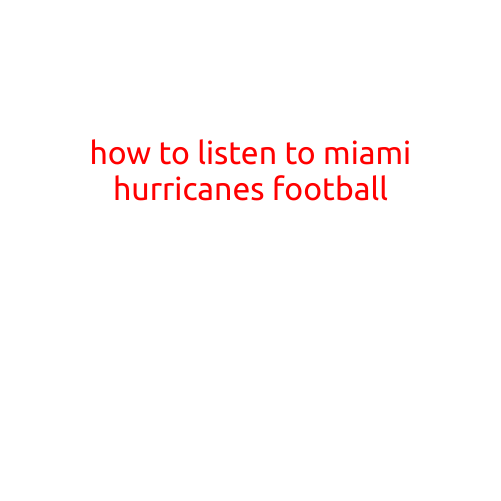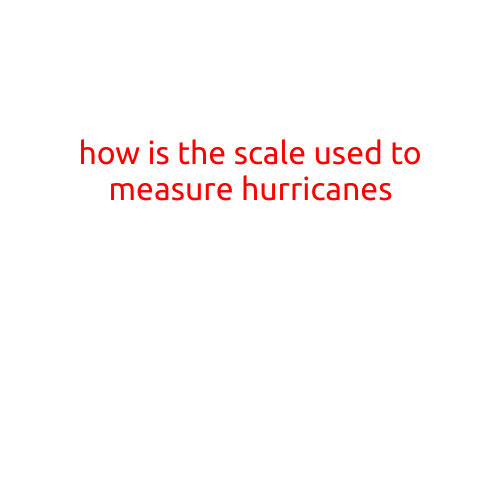
How the Scale is Used to Measure Hurricanes
Hurricanes are powerful and destructive storms that can bring chaos and devastation to coastal communities around the world. In order to better understand the severity of these storms and provide accurate warnings and predictions, meteorologists use a standardized scale to measure their intensity. This scale is known as the Saffir-Simpson Hurricane Wind Scale, and it plays a crucial role in assessing the potential damage caused by a hurricane.
The Saffir-Simpson Scale
The Saffir-Simpson Scale is a 1-to-5 categorization system that rates hurricanes based on their wind speed and potential damage. The scale is as follows:
- Category 1: Winds of 74-95 mph (64-82 kt, 119-153 km/h). Some damage to buildings, especially those with inexperienced owners. Some trees may be blown down.
- Category 2: Winds of 96-110 mph (83-95 kt, 154-177 km/h). Some roofing material, door, and window damage to buildings. Considerable damage to vegetation.
- Category 3: Winds of 111-129 mph (96-112 kt, 178-208 km/h). Some structural damage to large buildings. Defrage of trees and some all vegetation.
- Category 4: Winds of 130-156 mph (113-136 kt, 209-257 km/h). Extensive damage to small buildings. Most windows will be blown out. Considerable damage to foliage.
How the Scale is Used
When a hurricane forms, meteorologists use various instruments and observations to determine its wind speed and direction. These measurements are then used to classify the storm on the Saffir-Simpson Scale. The scale takes into account the storm’s maximum sustained wind speed, which is typically measured at a height of 33 feet (10 meters) above the surface.
The Saffir-Simpson Scale is used in several ways:
- Warning Systems: The scale provides a framework for issuing warnings and alerts to the public. For example, a Category 3 hurricane would trigger a more urgent warning than a Category 1.
- Property Damage Assessments: The scale helps assess the potential damage caused by a hurricane, which is essential for insurance purposes and emergency planning.
- Evacuation Decisions: The scale informs evacuation decisions, with more critical areas evacuated for higher-category storms.
- Resource Allocation: Emergency responders and relief agencies use the scale to allocate resources, such as personnel, equipment, and supplies, to affected areas.
Limitations and Updates
While the Saffir-Simpson Scale is an essential tool for measuring hurricanes, it has some limitations. For example:
- The scale only considers wind speed, which is not the only factor that contributes to a hurricane’s destructive power. Storm surges, flooding, and rainfall can cause just as much damage as wind.
- The scale is based on data from the past, and it may not accurately reflect the current severity of a storm.
In recent years, there have been attempts to update the scale to reflect new research and advances in meteorology. For example, the National Hurricane Center (NHC) now uses a Storm Surge Watch/Warning Graphic to provide more accurate information about storm surges. Additionally, the NHC provides a detailed report on the expected impact of a hurricane, including wind damage, flooding, and power outages.
Conclusion
The Saffir-Simpson Scale is a crucial tool for measuring hurricanes and providing accurate warnings and assessments. While it has limitations, it remains an essential part of hurricane forecasting and emergency planning. By understanding how the scale is used, we can better prepare for and respond to these powerful storms.
